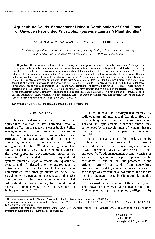摘要
Objective This work is an evaluation of the efficiency of a sand-gravel or unwoven fabric bed system and Lolium perenne Lam as plant biofilter in the reduction of solids and nutrients removal from aquaculture discharge water. Methods The first step consisted of the collection of wastewater in the tank and the distribution at three different hydraulic loading regimes (0.5, 1, 1.5 L/hour) to the different experimental systems. The second step was to evaluate the performance of the different systems. The first system consisted of a bucket filled with a substrate of sand/gravel (20 cm in depth), on the bottom of which was a 80 mesh/inch(2). of nylon (S1); the second was similar, but was planted with Lolium perenne lam (S2); the third was planted with a grass plate consisting of 7 layers of unwoven fabric planted with L perenne (S3). Results The second system showed the best performance in reducing solids as well as in nutrients (TN, TP, and COD) reduction. The removal rates for TS, TN, and TP were negatively correlated with the loading regimes, with 0.5 L/hour being the most efficient and thus taken as the reference. Conclusions Solids management using a sand/gravel substrate as bed culture and Lolium perenne L. as plant biofilter has proved to be an efficient technique for solids reduction with low operating cost. This grass plays an important role in wastewater eco-treatment by absorbing dissolved pollutants (TAN) as nutrients for its growth.
- 出版日期2007-12
- 单位浙江大学
